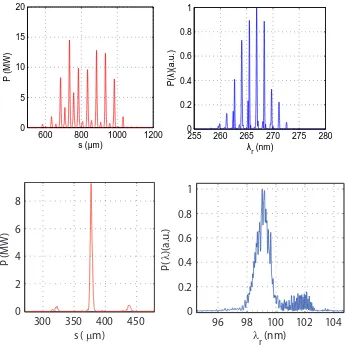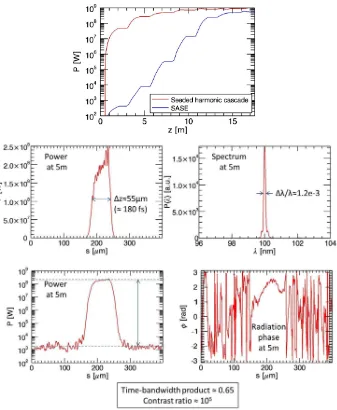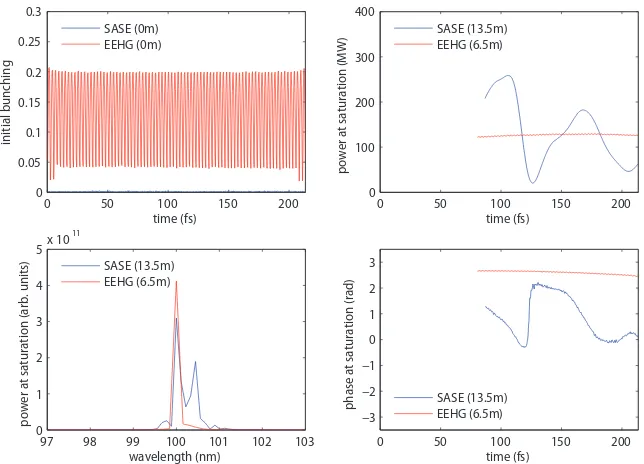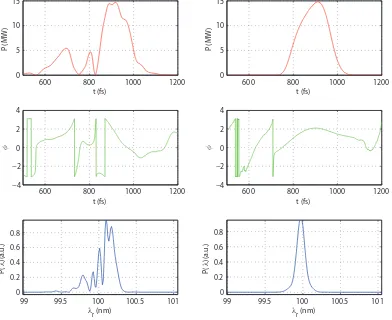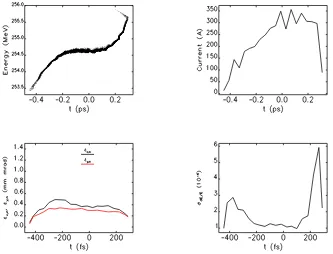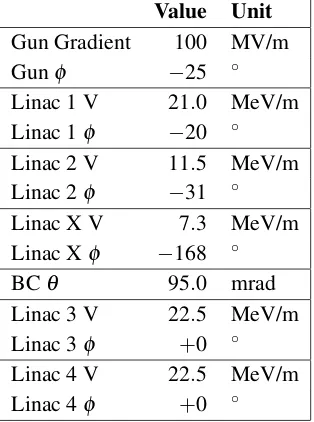CLARA conceptual design report
Full text
Figure
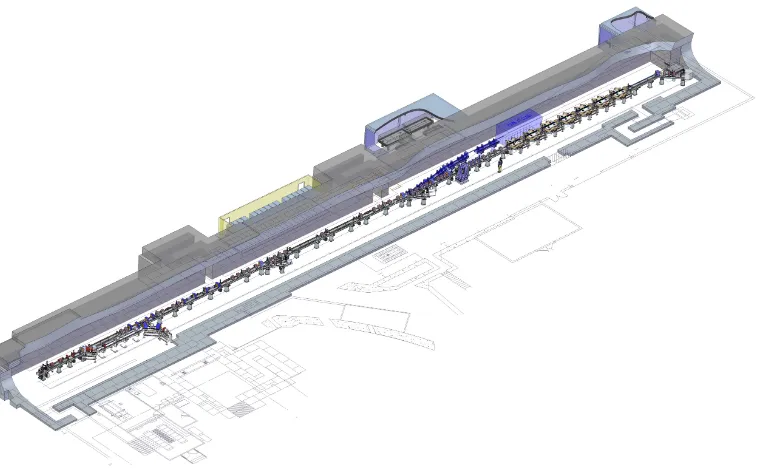
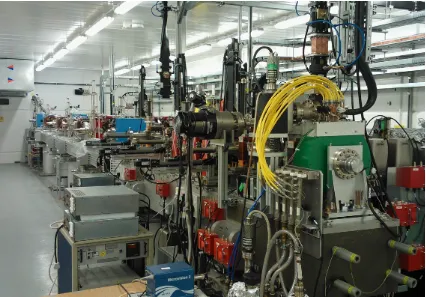
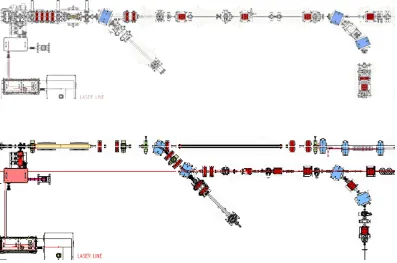
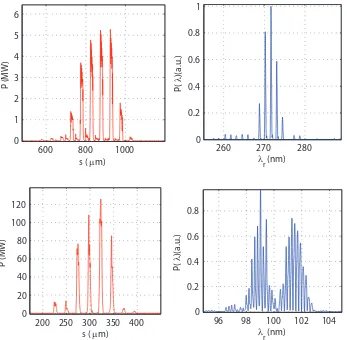
Outline
Related documents
The source of the increased basicity reported by Sherry and Hermann of cyclic polyamines bearing phosphonic acid pendant arms relative to acetate pendant arms can be explained by
We must also identify those sets of alternative histories that constitute the basis for settleable bets and show that the usual rules of probability theory hold for the
The rationale for this is that organisations cannot introduce performance management systems successfully without the buy-in and involvement of all employees and
There are various methods for time-series based forecasting; in the presented study Feed-forward Neural Network and Autocorrela- tion Regressive Integrated Moving Average (ARIMA)
In general, the ground clip lead should be connected to the ground of the equipment under test close (but not too close) to the voltage source, and the tip of the probe should
After concluding the study, it is suggested that: (1) the production of more informative and educational programs can help to create the awareness among the adolescents
The total amount paid by the Company and all other entities in the Group in compensation for duties exercised and services rendered directly or indirectly by the two managing
The reports of usability studies and controlled experiments are helpful to understand the potential and limitations of our tools, but we need to consider other evaluation
